Fine Georgian marble bust of Major General Montagu-Roger Burgoyne, the 8th baronet of Sutton, Signed G. Garrard. Sculp, 1818.
Sir Montagu-Roger Burgoyne, eighth baronet (d. 1817), army officer, was, like his father, a cavalry officer who rose to the rank of major-general. He entered the army as cornet in the Scots Greys in 1789, and in 1795 became lieutenant-colonel ofthe 32nd light dragoon guards. He was afterwards an inspecting field officer of yeomanry and volunteer corps. On 1 November 1791 he married Catherine (1772/3?1855), daughter of John Burton of Owlerton, Yorkshire; they had three sons and three daughters. Burgoyne died at his mother’s house on Oxford Street, London, on 11 August 1817, whereupon the baronetcy passed to his eldest son, John-Montagu Burgoyne
George Garrard ARA (31 May 1760 – 8 October 1826) was an English animal, landscape and portrait painter, modeller, sculptor, engraver and printmaker. He played a major role in lobbying Parliament to introduce legislation to protect the copyright of works by modellers of animal and human figures.
Garrard came from a family of artists, tracing his descent back to Marcus Gheeraerts the Younger (c. 1561/62–1636) who was a painter to Queen Elizabeth I of England. He studied art first under a well-known drawing-master called Joseph Simpson,[3] then with Sawrey Gilpin, and in 1778 became a student of the Royal Academy, where, in 1781, he first exhibited some pictures of horses and dogs. Three years later he sent with other pictures a “View of a Brewhouse Yard”, which attracted the notice of Sir Joshua Reynolds, who commissioned him to paint a similar picture. In 1793 he exhibited “Sheep-shearing at Aston Clinton, Buckinghamshire”, but early in 1795 it occurred to him that (plaster) models of cattle might be useful to landscape painters, and from this time he combined painting with modelling.[4]
This led Garrard in 1797, with the concurrence of the Royal Academy and some of the leading sculptors of the day, to petition parliament in support of a bill for securing copyright on the works of modellers of human and animal figures. This resulted in an act of 1798 – “An Act for encouraging the Art of making new Models and Casts of Busts, and other Things therein mentioned” (“The Models and Busts act”). Now, for the first time, British copyright law provided protection for a medium other than print.
In 1800 Garrard was elected an associate of the Royal Academy, and in the same year he published a folio volume with colored plates, “A Description of the different varieties of Oxen common in the British Isles.[6] In 1802 he exhibited “A Peasant attacked by Wolves in the Snow” but after 1804 he appears to have restricted himself almost entirely to sculpture and modelling.
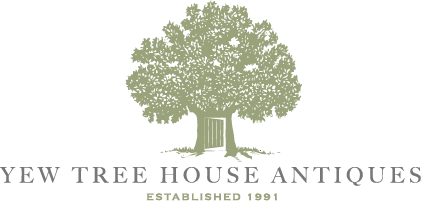

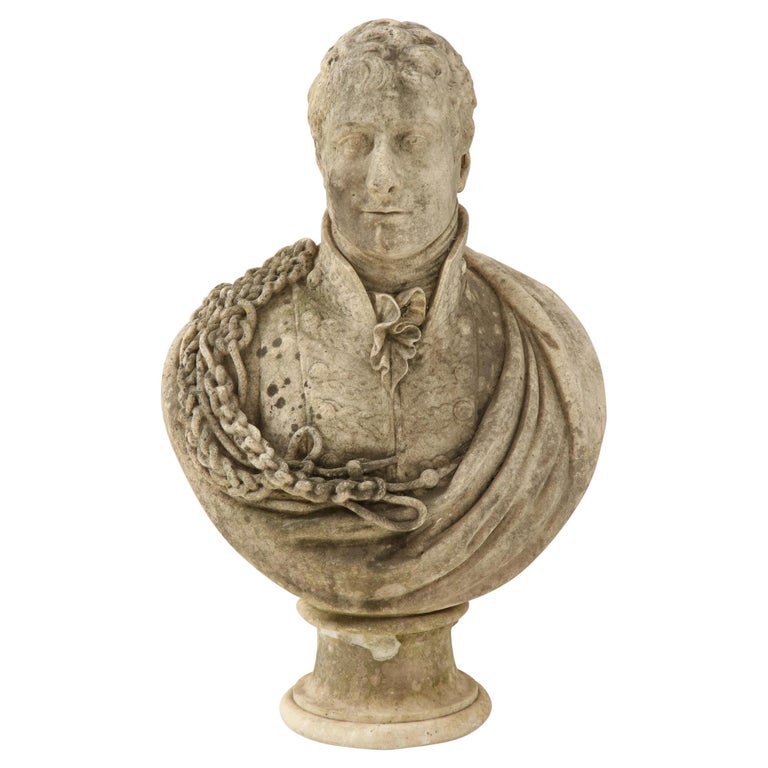





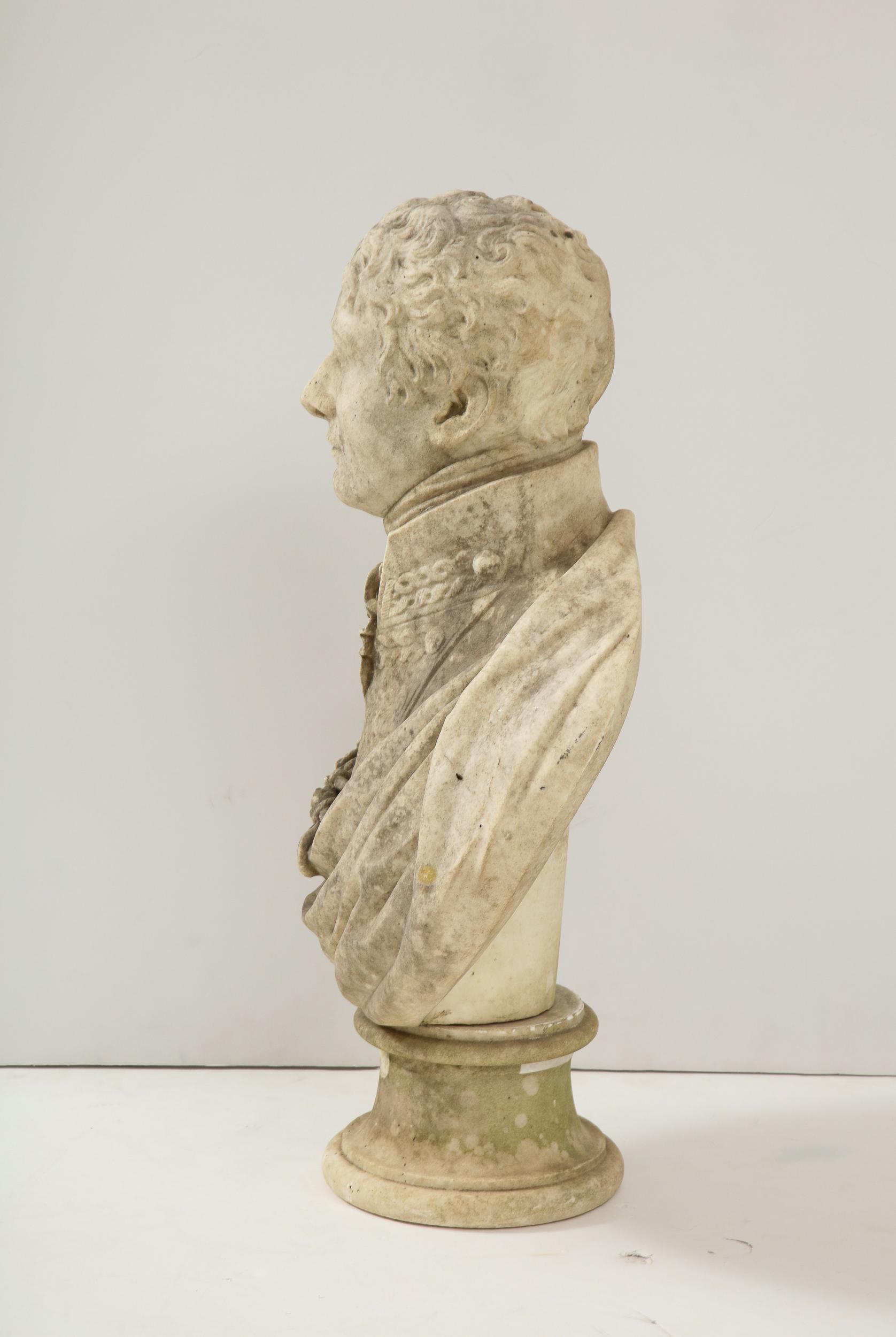

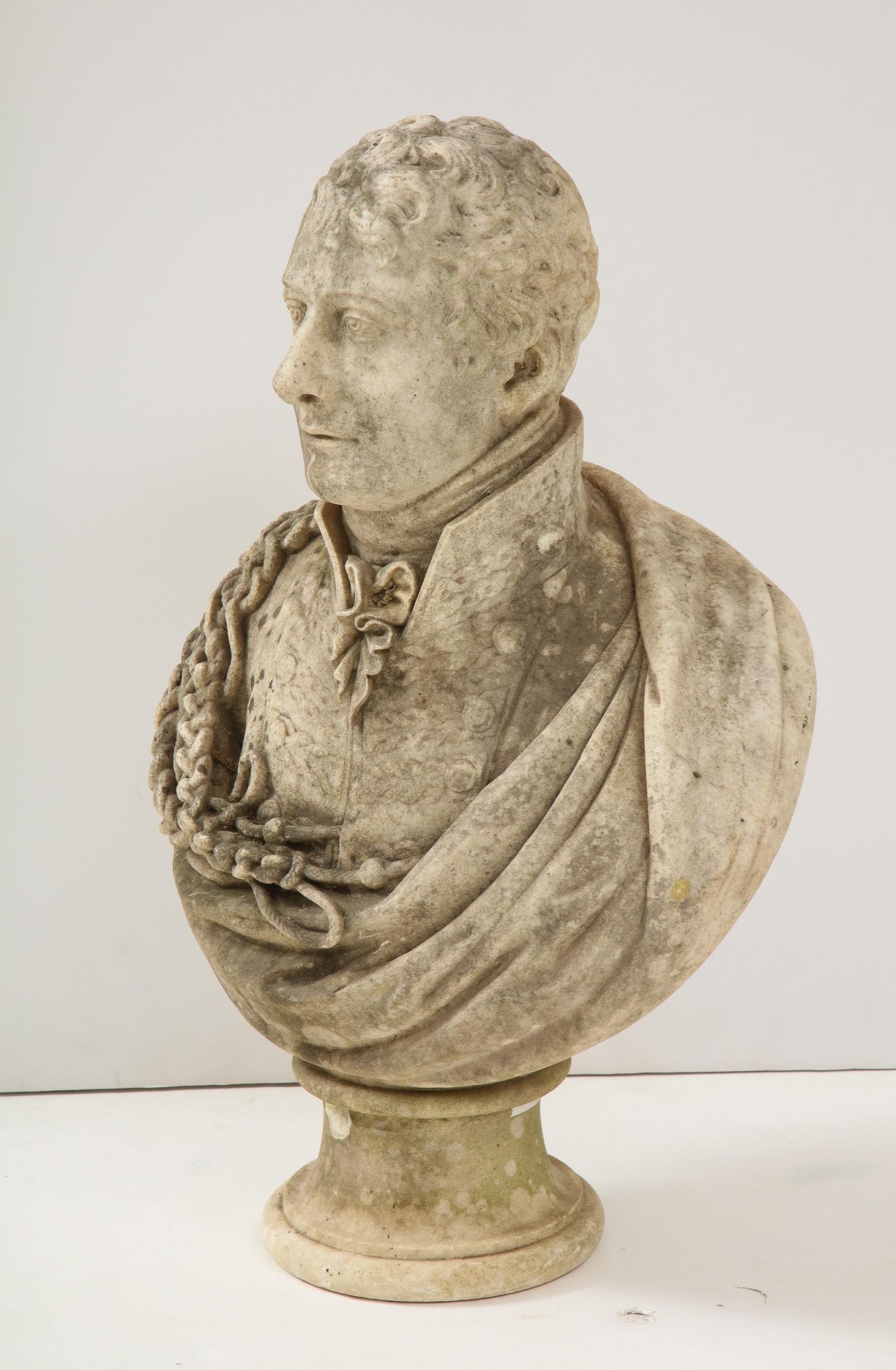
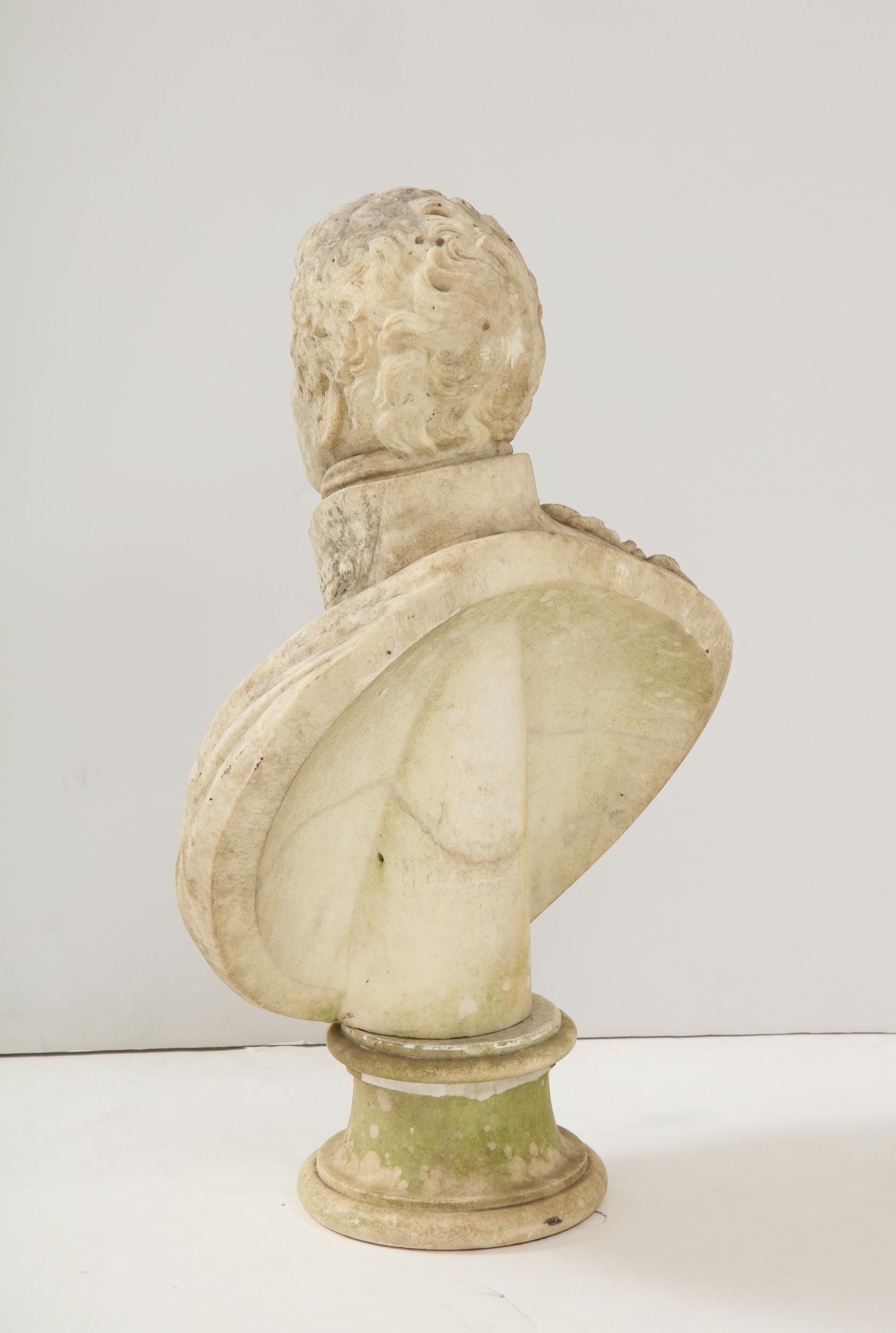



























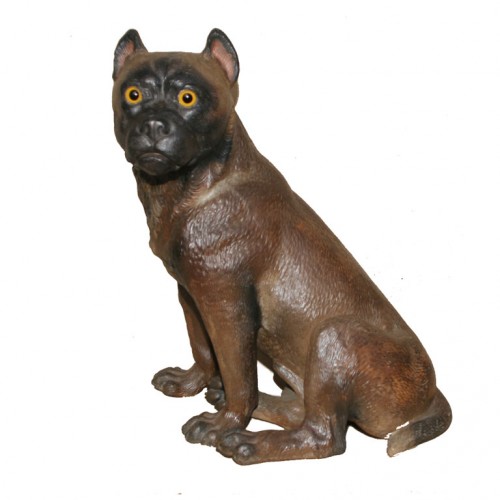
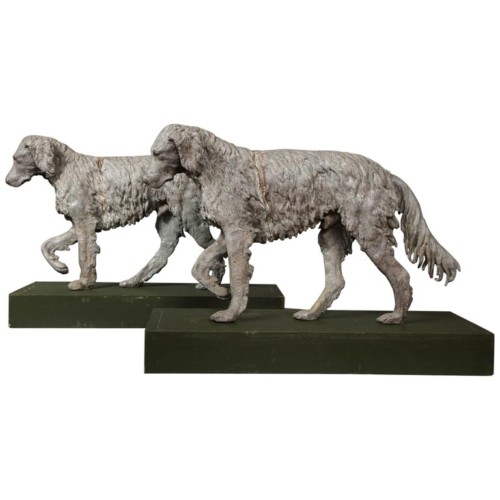
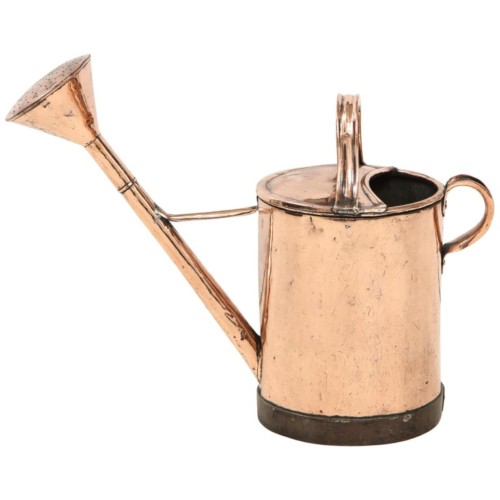
Reviews
There are no reviews yet.